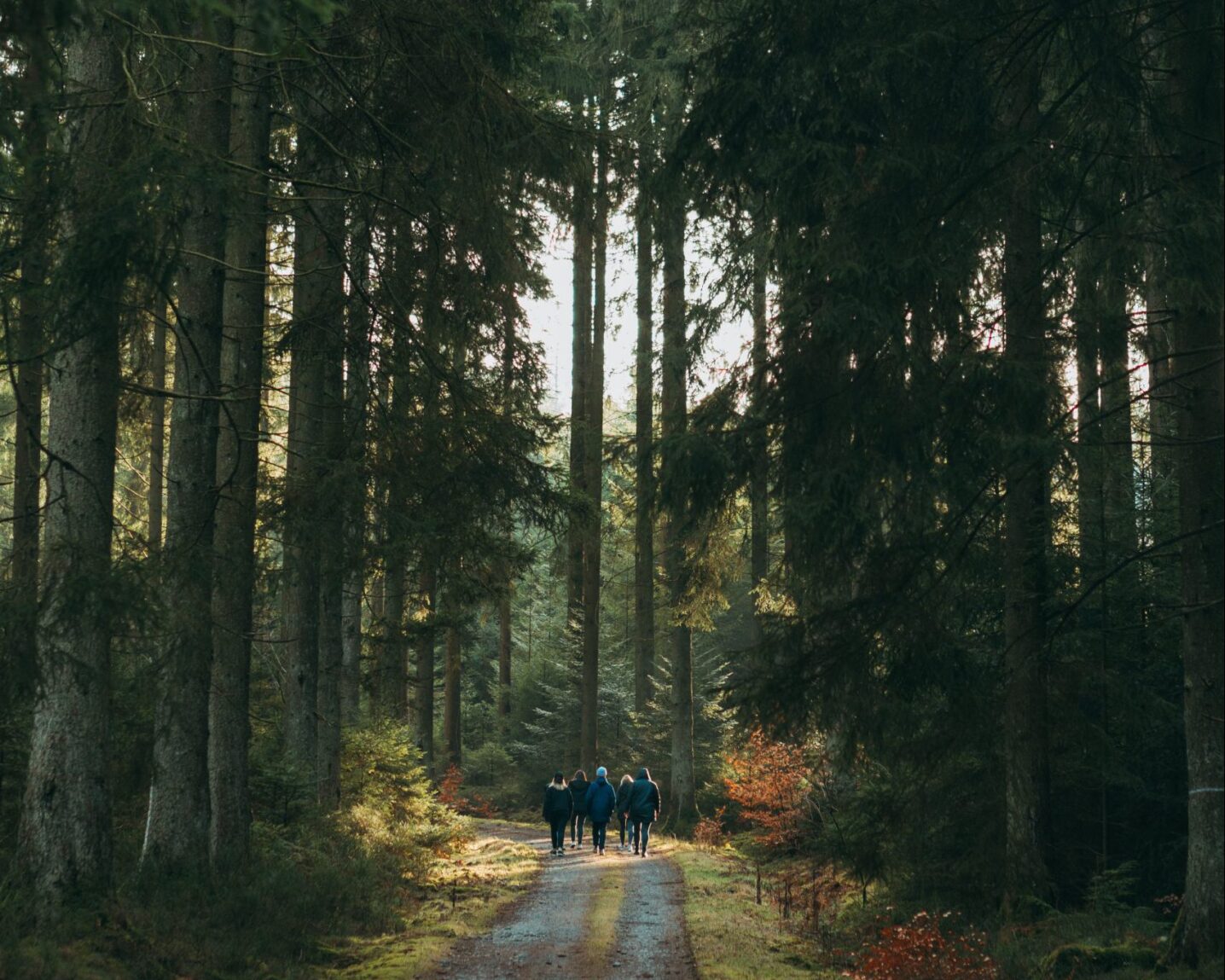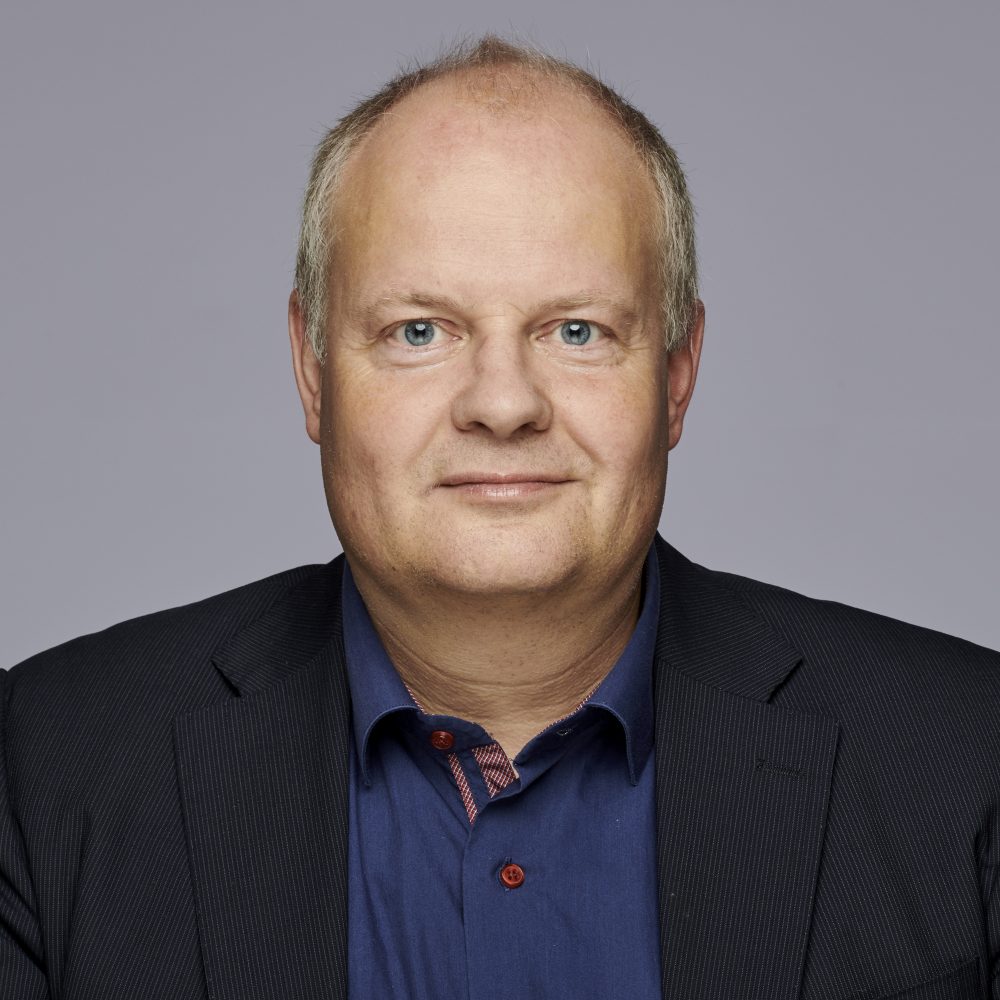Green Grows Together gives people and nature space
The Green Grows Together pact in the province of Utrecht ensures that green grows along with other needs, such as housing, accessibility, energy supply and employment. But how to pay for this ambition? Rebel links existing national and EU subsidies, such as Transition Rural Area, to the Green Growth Goal. Rebel Martin van der Does de Bye explains.
Hi, Martin, what is Green Grows Together and how did this initiative come about?
Martin van der Does de Bye: ‘Green Grows Together is a pact between 39 public parties, including the province, municipalities and water boards. Together, these parties have identified that the pressure on public space in Utrecht will increase even further, given the major housing challenge and challenges in terms of accessibility, energy generation and employment. At the same time, their ambition is to create and preserve space for nature and recreation.
‘The parties see green – and the accessibility of green – as an essential part of growth in the provincial area. It has a positive effect on our health, provides recreational opportunities and contributes to biodiversity. In doing so, accessible green space is needed to spare other nature. Nature is a scarce resource and in Utrecht the pressure is already very high.
‘The reasoning is: if more houses are built somewhere, more people will move in. And so their needs must be met – working, recreation, a healthy living environment. Green should grow along with those needs.’
How was Rebel involved in Green Grows Together?
‘The province has fine ambitions in the areas of housing, work, accessibility, energy and the economy, but often does not or cannot pay for them alone. However, the province does deal with nature, recreation and rural areas. Rebel has helped the province set priorities with limited resources: where can you really make an impact on these issues? Green Grows Along is an example of this.
‘In addition, the question was: how should Green Grows Together be funded? It involves more than a billion euros up to 2040; the province cannot pay for that alone either. We figured out who exactly will benefit. Because if a resident, a company, a city or the state benefit from (more) green space, it makes sense for them to co-invest.
‘The government will do its part, but we emphatically also look at other parties who experience the benefits, think recreational entrepreneurs and anyone who enjoys the positive health effects. By making the benefits transparent, a discussion on costing can be held with these parties.’

What are concrete examples of these green benefits and the parties that benefit from them?
‘There are direct financial benefits, and indirect benefits. A hospitality operator who sits by the water and rents out canoes benefits directly from more greenery and better accessibility to that greenery. If a new cycle path goes to the area, more people come there and his turnover increases. It does not always have to be about the big money; it can also be, for example, a contribution to management costs. Joint involvement creates more commitment. More parties can contribute, in their own way, to the realisation of nature objectives.
‘Other benefits cannot be directly expressed in money. More greenery makes the air cleaner, for instance, and invites exercise. On average, this has positive health effects. Nature also promotes mental well-being and, in the long run, even reduces public health costs.’
What other funding sources for green are there?
‘Rebel looks with municipalities at what their policy goals are, what resources are available for this and how they can use these as part of the Green Grows Together challenge. In turn, we can link these to the large subsidy pots made available for green. For instance, not every municipality knows that the European Union has also made a lot of money available for green.
‘One important one is the Transition Rural Area, through which the national government has freed up 24 billion euros for the nitrogen problem. Farmers, for example, can use that money to extensify their farms and make their areas more accessible to visitors or walkers. Green-blue veining creates additional natural values: more connection, instead of a tuft of green here and a tuft of green there. This also fulfils part of the Green Growth Goal.’
‘So we are actively looking at how to leverage the euros spent regionally.’
What are the challenges involved in implementing the pact?
‘First, the question is: what agreements do you actually make to allow greenery to grow with you? For example, the province can use an ordinance to impose on municipalities that when they build additional houses outside the urban area, a certain amount of green space per house grows along with it. 2023 is a practice year for this: a handbook gives municipalities guidelines on how to work with the regulation. But we are not there yet: smaller municipalities will certainly need help to put this into practice.
‘How the guide works in practice still needs to be figured out and experienced. Although there are agreements in principle, in practice it will matter in which location you get started. In one municipality there is already a lot of woodland and thus a need for accessibility and facilities, in another area the water quality is poor and improvement of farm ditches and streams can be combined with legal requirements.’
What will the future bring in this area?
‘In the future, green, blue (water) and recreation will be a full part of area development. Development will then be about maintaining a good living environment in addition to housing and road construction. It is important that parties become aware of the importance of green, and co-invest as soon as housing stock and accessibility are tinkered with. The vast majority of citizens and businesses value green. That should be used to achieve green investments.’


